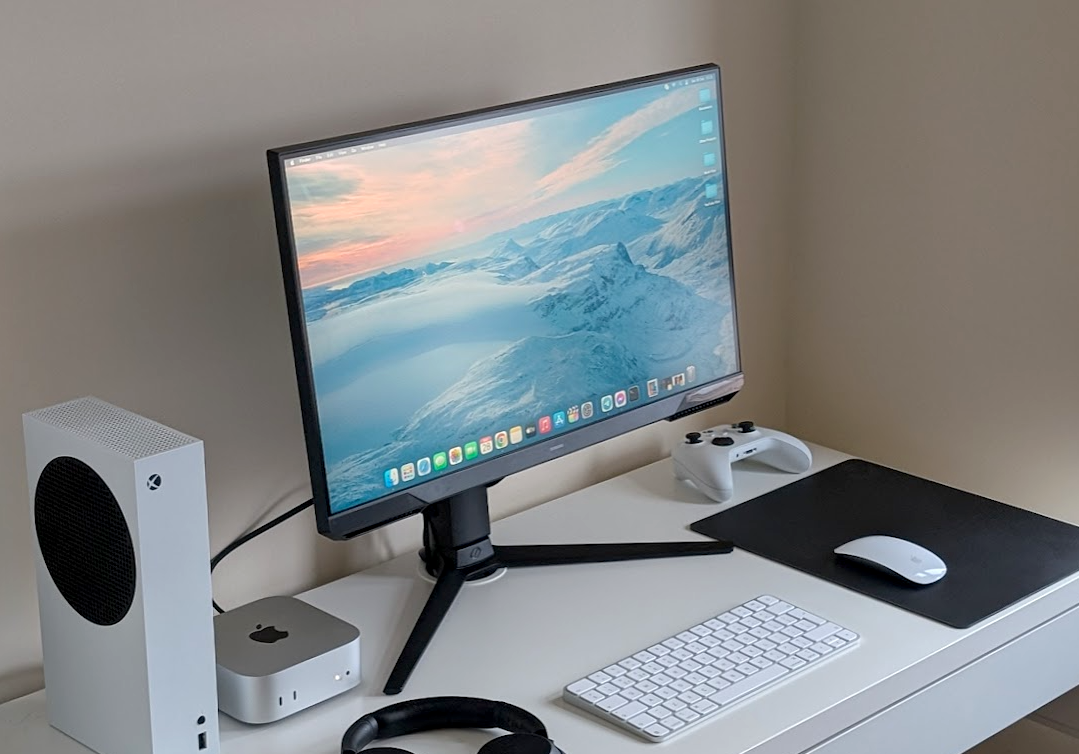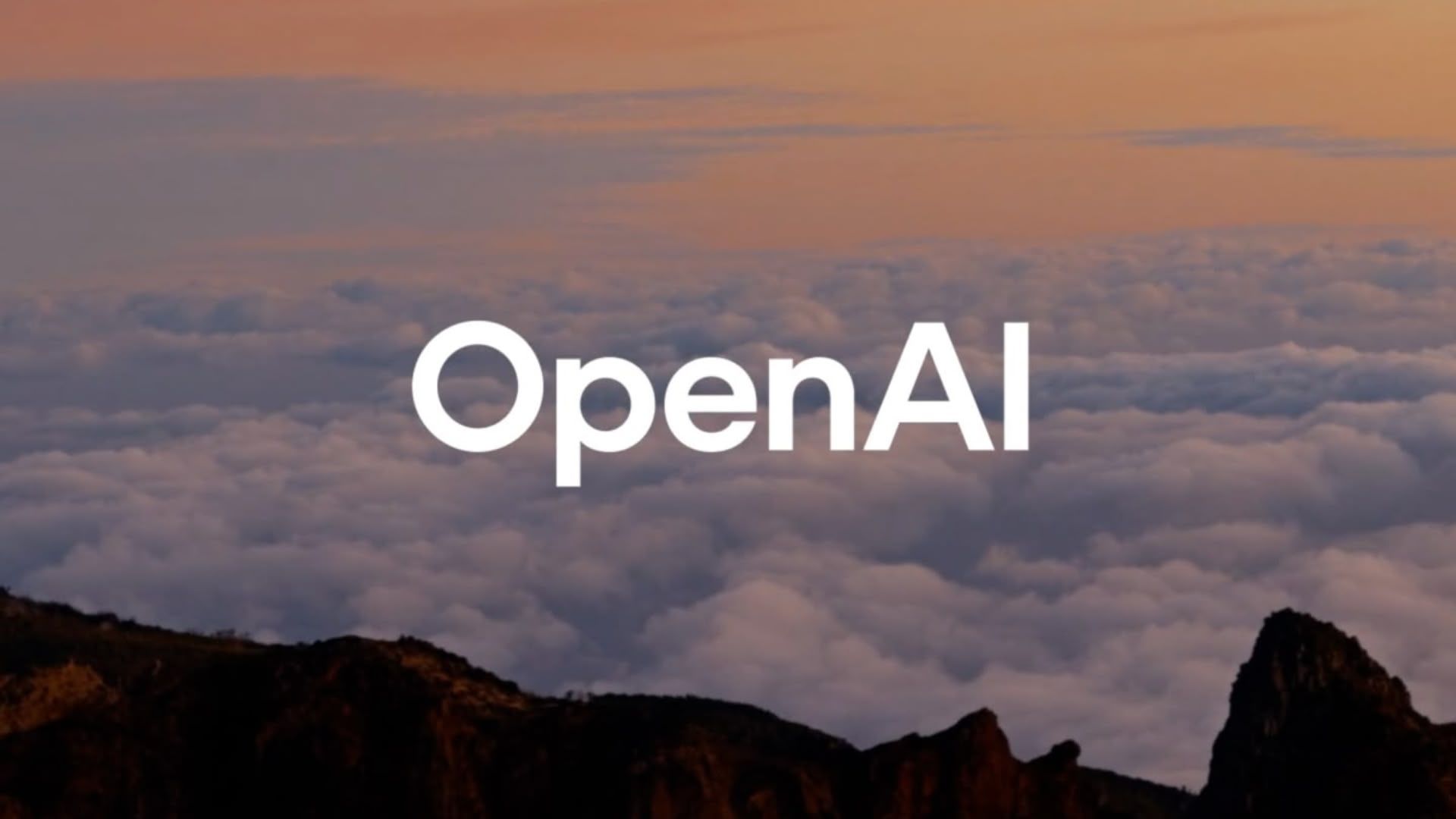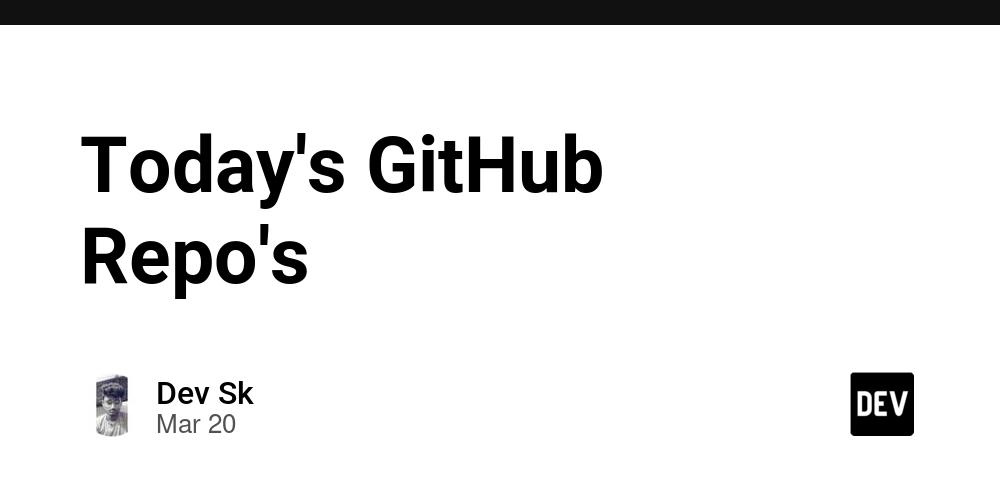Best Practices for Git and Version Control
Version control is a fundamental part of software development, helping teams collaborate efficiently, track changes, and maintain a clean, stable codebase. This article will cover the best practices for version control in your next project. 1. Initialize and Configure Git Properly If your project isn’t already under version control, initialize Git in your project directory: git init Then, create a .gitignore file to prevent unnecessary files from being tracked. Here’s an example .gitignore for React Native: # Node modules node_modules/ # Build files android/app/build/ ios/Pods/ # Logs & cache *.log .npm/ .expo/ # Environment files .env This keeps the repository clean and prevents unnecessary clutter in the version history. 2. Follow a Branching Strategy Using a structured branching model prevents conflicts and keeps development organized. A feature branch workflow is recommended: main (or master) branch – Stable production-ready code. develop branch – The latest changes are being tested before release. Feature branches — Used for new features, named accordingly (e.g., feature/login-screen). Bugfix/hotfix branches — Used to fix urgent issues (e.g., bugfix/crash-fix). To create and switch to a feature branch: git checkout -b feature/new-feature After making changes, push the branch: git push origin feature/new-feature Once the feature is complete, merge it into develop: git checkout develop git merge feature/new-feature git push origin develop 3. Write Meaningful Commit Messages Avoid generic messages like Updated code. Instead, write clear and descriptive commit messages: git commit -m "Added user authentication flow with Firebase" A good commit message should: ✔️ Describe what changed ✔️ Explain why it was changed (if necessary) ✔️ Use the imperative tense (e.g., “Fix bug in login screen”) 4. Commit Small, Logical Changes Committing frequently and keeping changes small makes it easier to track progress and revert issues. Instead of one large commit, break it down: ✅ Good: git commit -m "Implemented UI for sign-up screen" git commit -m "Connected sign-up screen to API" git commit -m "Fixed validation errors on sign-up form" ❌ Bad: git commit -m "Updated app" 5. Pull Before You Push Before pushing your changes, always pull the latest changes from the remote repository to avoid merge conflicts: git pull origin develop If conflicts occur, Git will highlight them, and you must resolve them manually before committing to the final version. 6. Use Git Tags for Releases Tagging helps track stable releases and simplifies rollbacks. You can tag a release like this: git tag -a v1.0.0 -m "First production release" git push origin v1.0.0 Later, you can check out a specific version if needed: git checkout tags/v1.0.0 7. Use Pull Requests and Code Reviews Instead of merging directly into main or develop, use pull requests (PRs) on platforms like GitHub or GitLab. This allows for: ✔️ Code review before merging ✔️ Automated testing before deployment ✔️ A history of who changed what and why 8. Keep Your Repository Clean Large repositories slow down performance. Regularly remove unnecessary dependencies and logs. If sensitive data like API keys get committed accidentally, remove them securely: git filter-branch --force --index-filter \ 'git rm --cached --ignore-unmatch path/to/file' \ --prune-empty --tag-name-filter cat -- --all Then, force push to overwrite the remote repository: git push origin --force --all 9. Automate with Git Hooks and CI/CD Automating checks before committing helps maintain quality. Use Git hooks to run linting, tests, or format code before committing: Create a pre-commit hook in .git/hooks/pre-commit: #!/bin/sh npm run lint npm test Also, integrate CI/CD pipelines like GitHub Actions or GitLab CI/CD to run tests automatically on every push: name: React Native CI on: push jobs: build: runs-on: ubuntu-latest steps: - name: Checkout code uses: actions/checkout@v2 - name: Install dependencies run: npm install - name: Run tests run: npm test 10. Backup and Maintain a Remote Repository Always push your changes to a remote repository like GitHub, GitLab, or Bitbucket. If you are working solo, having a remote backup is still essential: git push origin develop Use GitHub Issues or Project Boards to track tasks and organize workflow efficiently. Conclusion Following these best practices ensures a smooth version control process for your project. By using structured branching, meaningful commits, automation, and regular code reviews, you can maintain a scalable, conflict-free codebase. Thank you for reading! Feel free to connect
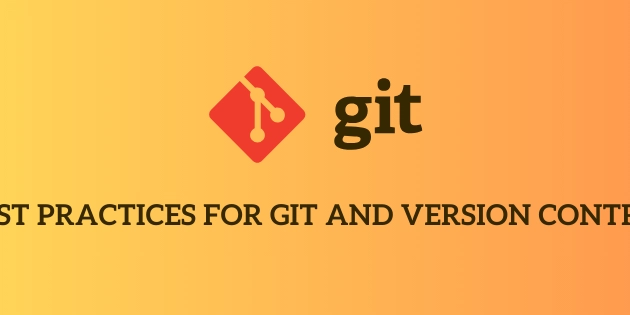
Version control is a fundamental part of software development, helping teams collaborate efficiently, track changes, and maintain a clean, stable codebase.
This article will cover the best practices for version control in your next project.
1. Initialize and Configure Git Properly
If your project isn’t already under version control, initialize Git in your project directory:
git init
Then, create a .gitignore file to prevent unnecessary files from being tracked. Here’s an example .gitignore for React Native:
# Node modules
node_modules/
# Build files
android/app/build/
ios/Pods/
# Logs & cache
*.log
.npm/
.expo/
# Environment files
.env
This keeps the repository clean and prevents unnecessary clutter in the version history.
2. Follow a Branching Strategy
Using a structured branching model prevents conflicts and keeps development organized. A feature branch workflow is recommended:
-
main(ormaster) branch – Stable production-ready code. -
developbranch – The latest changes are being tested before release. -
Feature branches — Used for new features, named accordingly (e.g.,
feature/login-screen). -
Bugfix/hotfix branches — Used to fix urgent issues (e.g.,
bugfix/crash-fix).
To create and switch to a feature branch:
git checkout -b feature/new-feature
After making changes, push the branch:
git push origin feature/new-feature
Once the feature is complete, merge it into develop:
git checkout develop
git merge feature/new-feature
git push origin develop
3. Write Meaningful Commit Messages
Avoid generic messages like Updated code. Instead, write clear and descriptive commit messages:
git commit -m "Added user authentication flow with Firebase"
A good commit message should:
✔️ Describe what changed
✔️ Explain why it was changed (if necessary)
✔️ Use the imperative tense (e.g., “Fix bug in login screen”)
4. Commit Small, Logical Changes
Committing frequently and keeping changes small makes it easier to track progress and revert issues. Instead of one large commit, break it down:
✅ Good:
git commit -m "Implemented UI for sign-up screen"
git commit -m "Connected sign-up screen to API"
git commit -m "Fixed validation errors on sign-up form"
❌ Bad:
git commit -m "Updated app"
5. Pull Before You Push
Before pushing your changes, always pull the latest changes from the remote repository to avoid merge conflicts:
git pull origin develop
If conflicts occur, Git will highlight them, and you must resolve them manually before committing to the final version.
6. Use Git Tags for Releases
Tagging helps track stable releases and simplifies rollbacks. You can tag a release like this:
git tag -a v1.0.0 -m "First production release"
git push origin v1.0.0
Later, you can check out a specific version if needed:
git checkout tags/v1.0.0
7. Use Pull Requests and Code Reviews
Instead of merging directly into main or develop, use pull requests (PRs) on platforms like GitHub or GitLab. This allows for:
✔️ Code review before merging
✔️ Automated testing before deployment
✔️ A history of who changed what and why
8. Keep Your Repository Clean
Large repositories slow down performance. Regularly remove unnecessary dependencies and logs. If sensitive data like API keys get committed accidentally, remove them securely:
git filter-branch --force --index-filter \
'git rm --cached --ignore-unmatch path/to/file' \
--prune-empty --tag-name-filter cat -- --all
Then, force push to overwrite the remote repository:
git push origin --force --all
9. Automate with Git Hooks and CI/CD
Automating checks before committing helps maintain quality. Use Git hooks to run linting, tests, or format code before committing:
Create a pre-commit hook in .git/hooks/pre-commit:
#!/bin/sh
npm run lint
npm test
Also, integrate CI/CD pipelines like GitHub Actions or GitLab CI/CD to run tests automatically on every push:
name: React Native CI
on: push
jobs:
build:
runs-on: ubuntu-latest
steps:
- name: Checkout code
uses: actions/checkout@v2
- name: Install dependencies
run: npm install
- name: Run tests
run: npm test
10. Backup and Maintain a Remote Repository
Always push your changes to a remote repository like GitHub, GitLab, or Bitbucket. If you are working solo, having a remote backup is still essential:
git push origin develop
Use GitHub Issues or Project Boards to track tasks and organize workflow efficiently.
Conclusion
Following these best practices ensures a smooth version control process for your project. By using structured branching, meaningful commits, automation, and regular code reviews, you can maintain a scalable, conflict-free codebase.
Thank you for reading! Feel free to connect with me on LinkedIn or GitHub.
















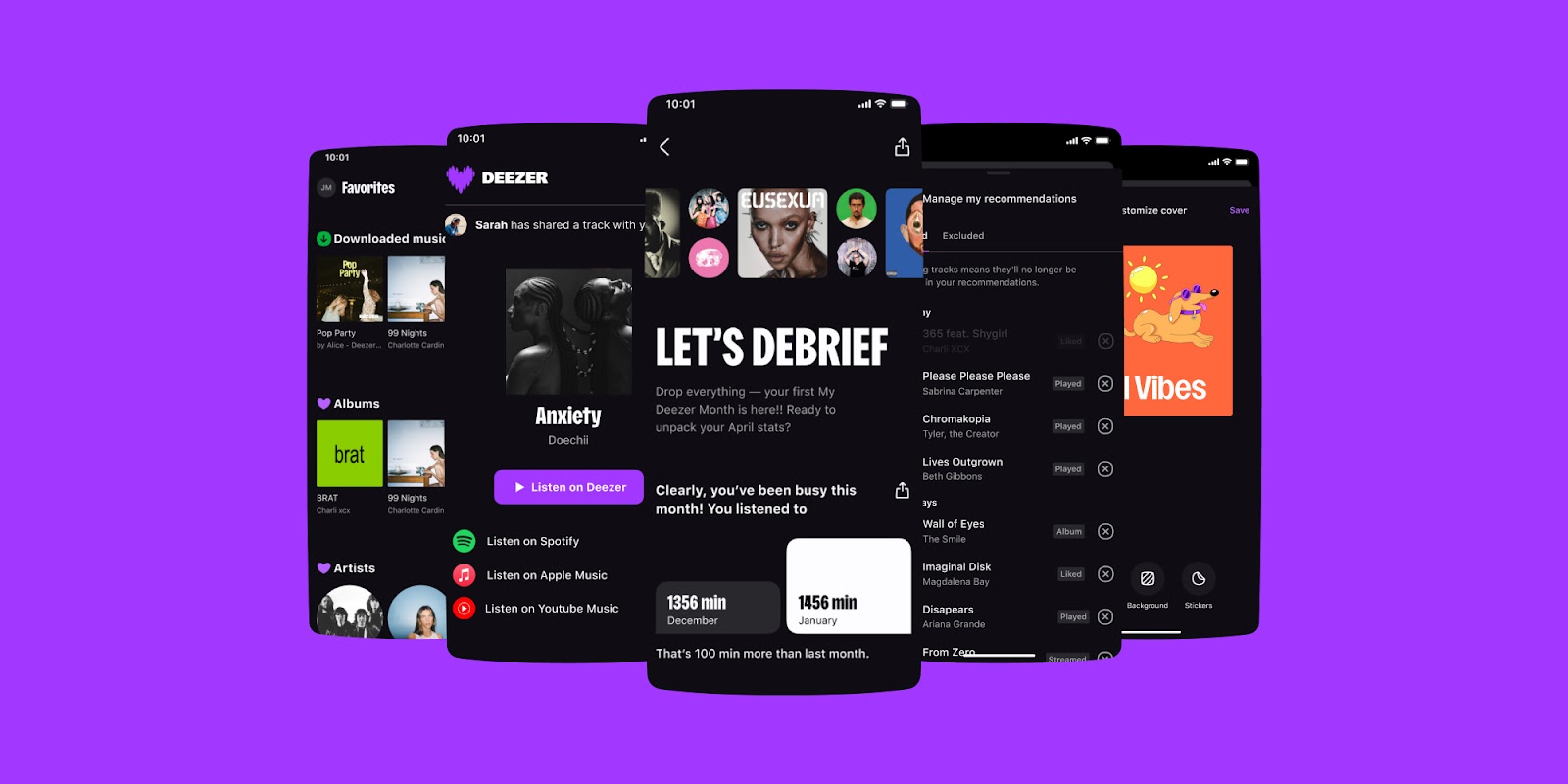



















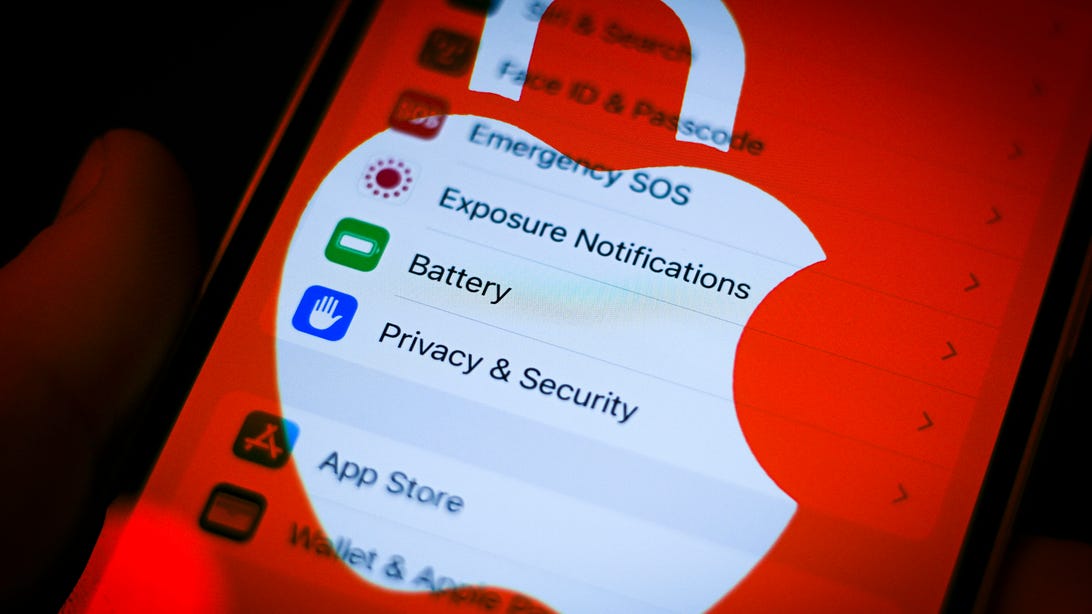





































































































































![[The AI Show Episode 144]: ChatGPT’s New Memory, Shopify CEO’s Leaked “AI First” Memo, Google Cloud Next Releases, o3 and o4-mini Coming Soon & Llama 4’s Rocky Launch](https://www.marketingaiinstitute.com/hubfs/ep%20144%20cover.png)




































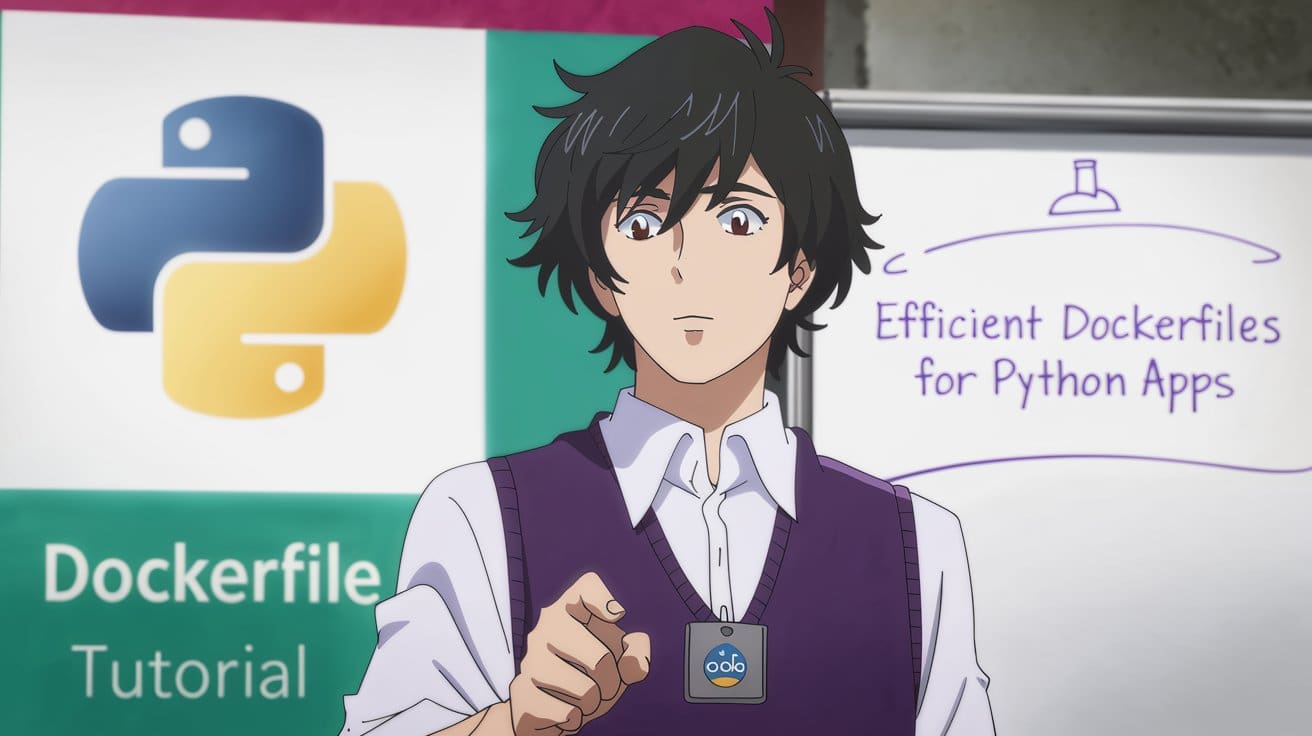









































































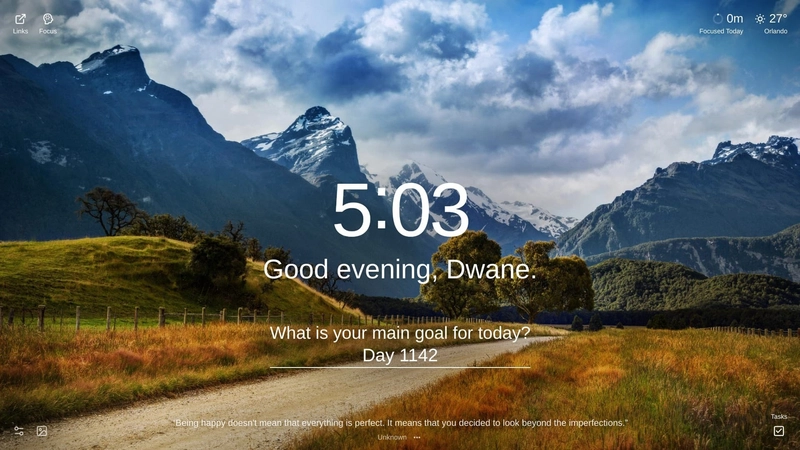
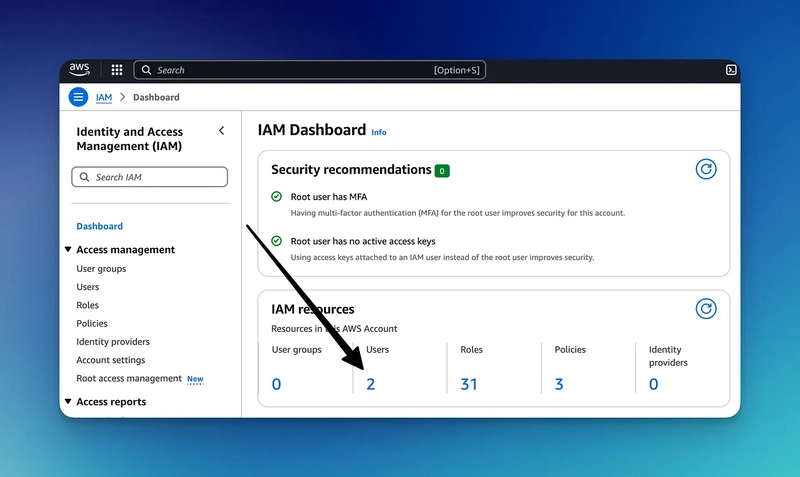

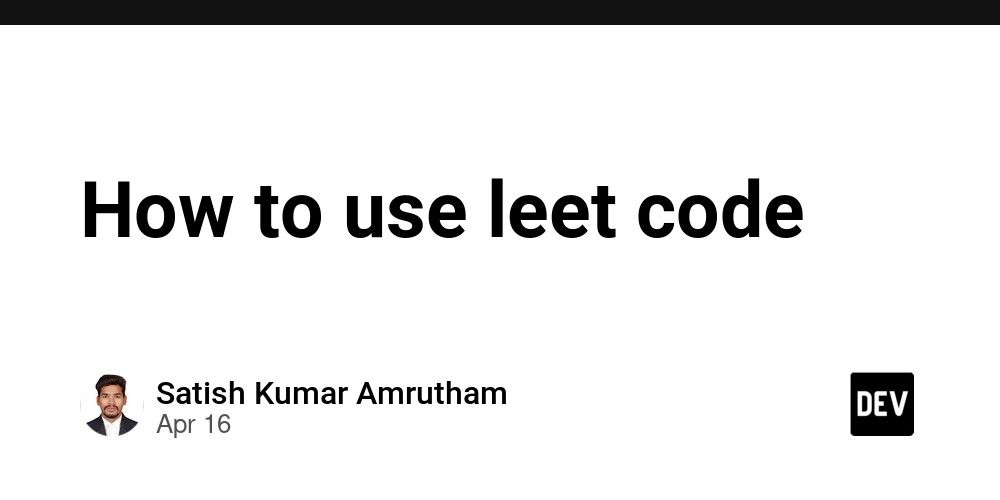


















































































![GrandChase tier list of the best characters available [April 2025]](https://media.pocketgamer.com/artwork/na-33057-1637756796/grandchase-ios-android-3rd-anniversary.jpg?#)












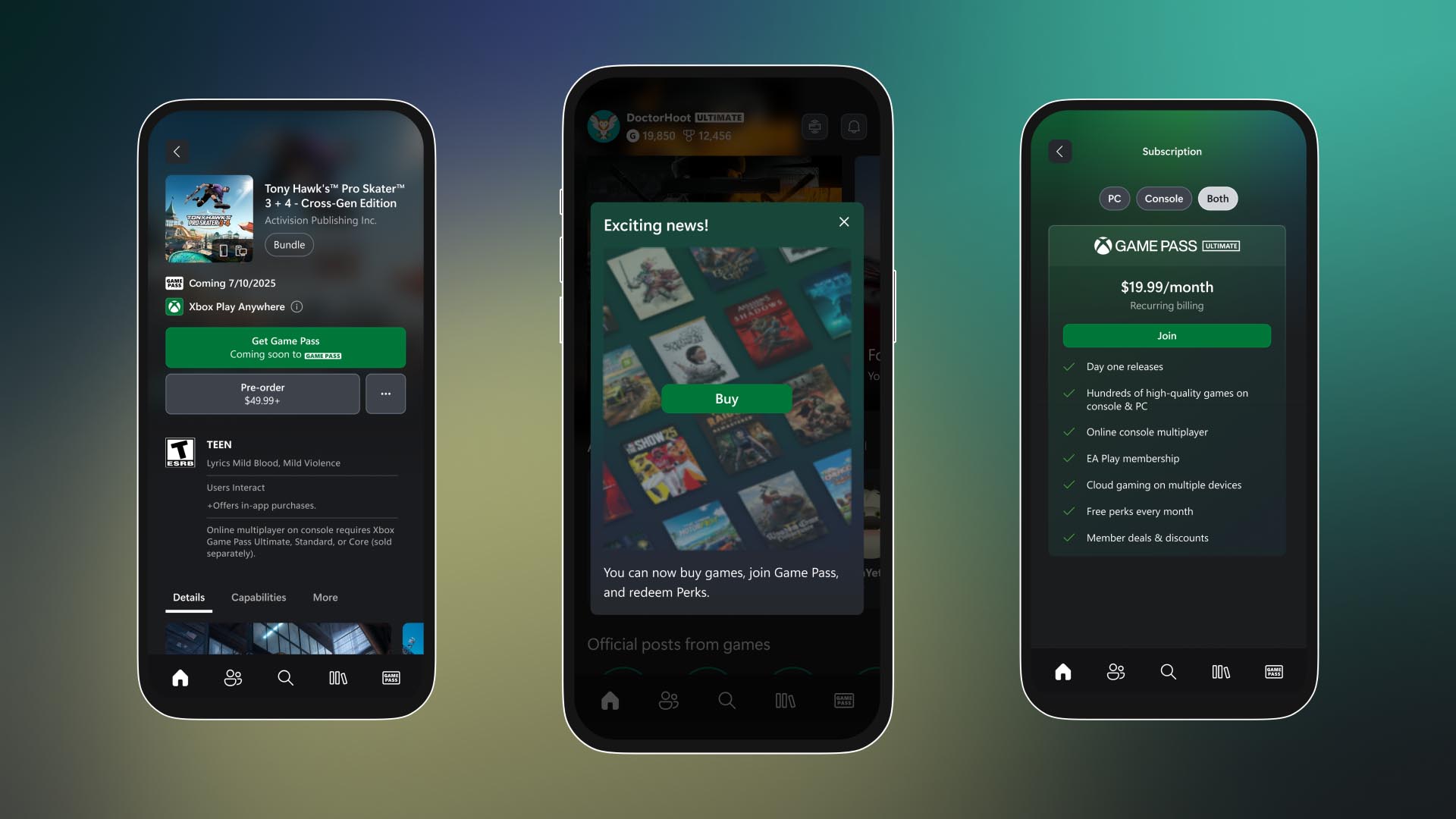































.png?width=1920&height=1920&fit=bounds&quality=70&format=jpg&auto=webp#)









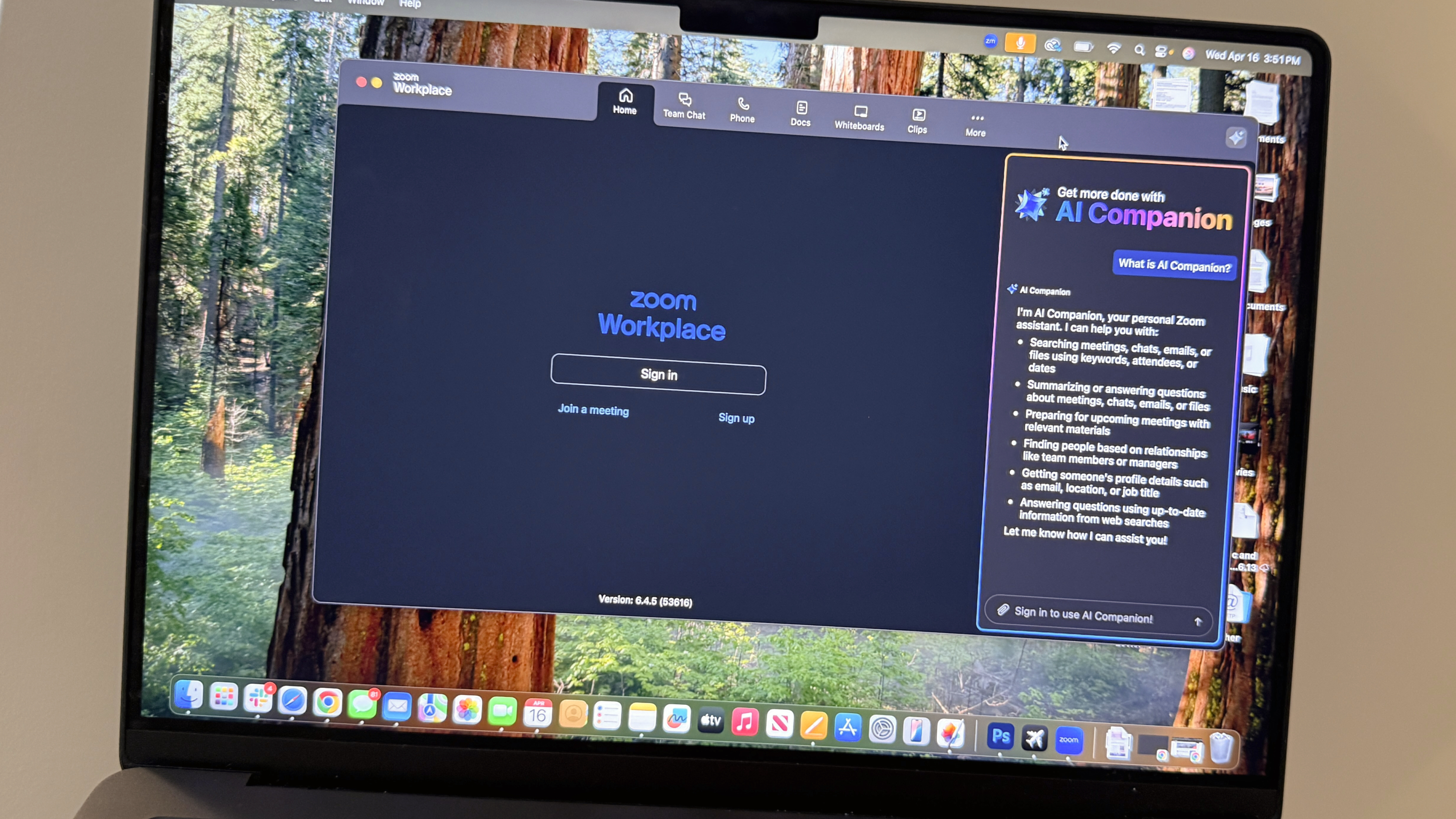






















































































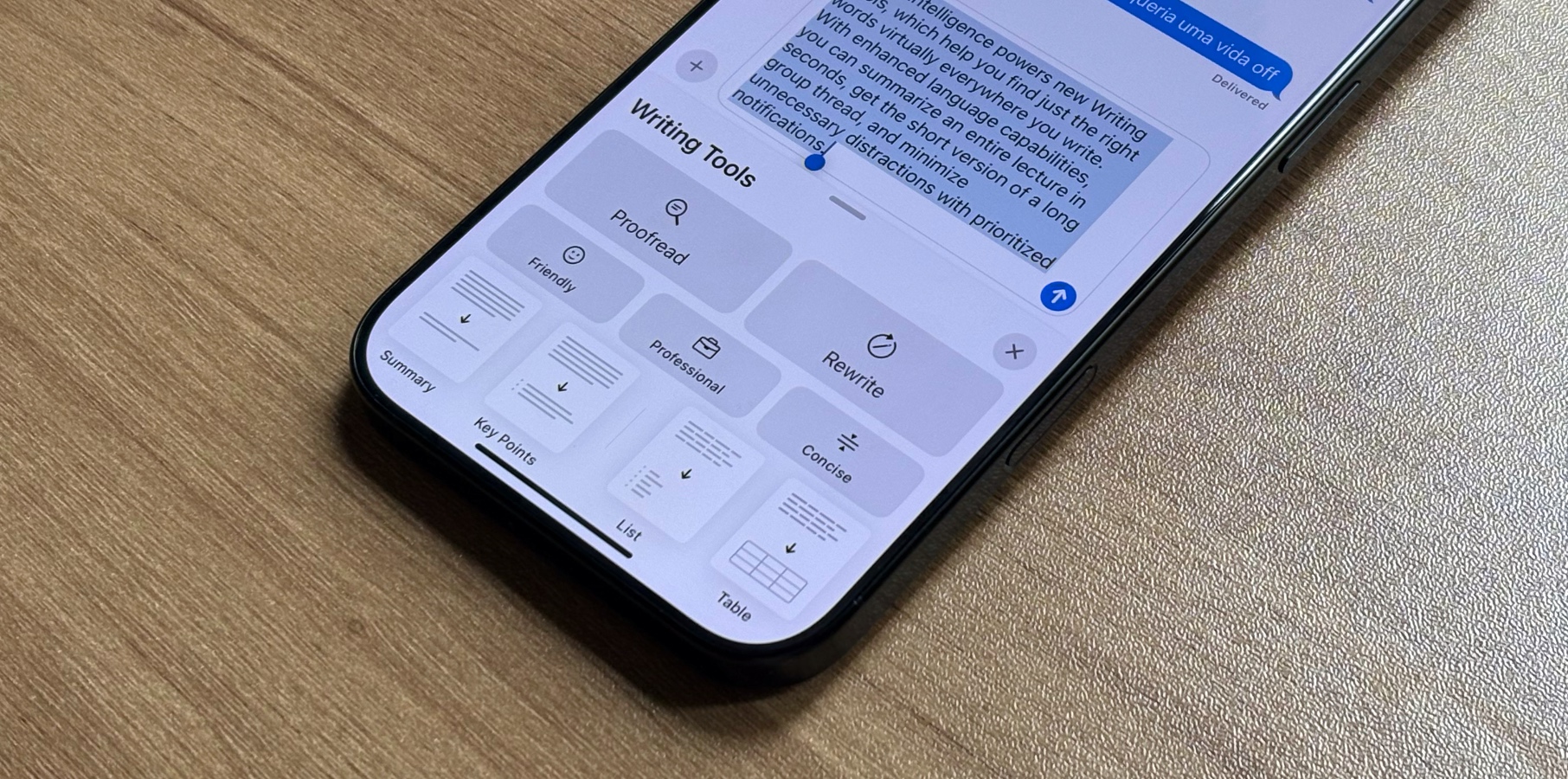


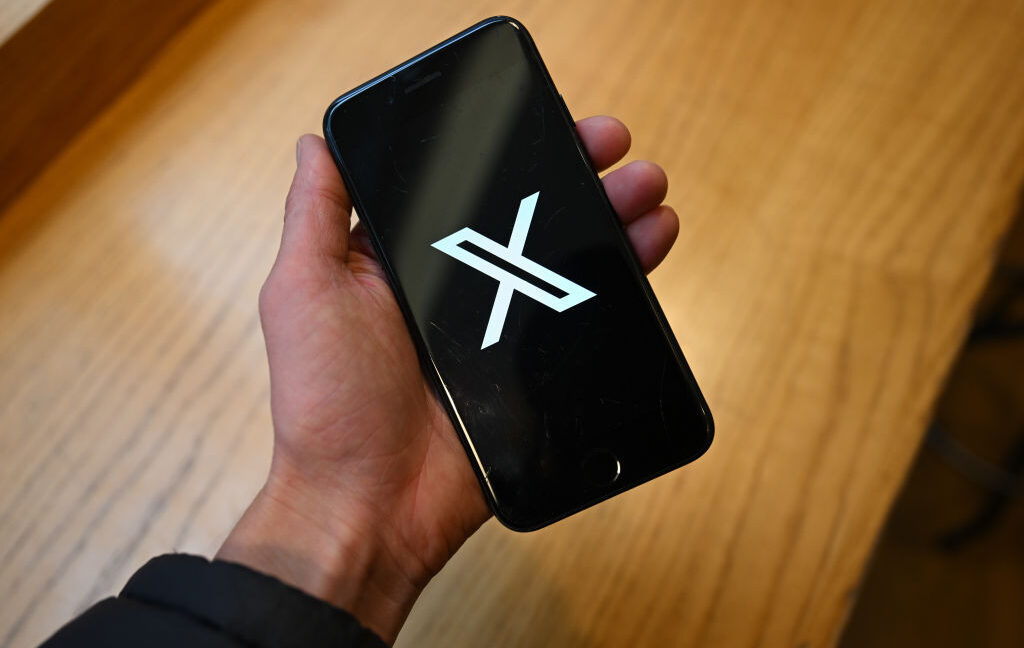

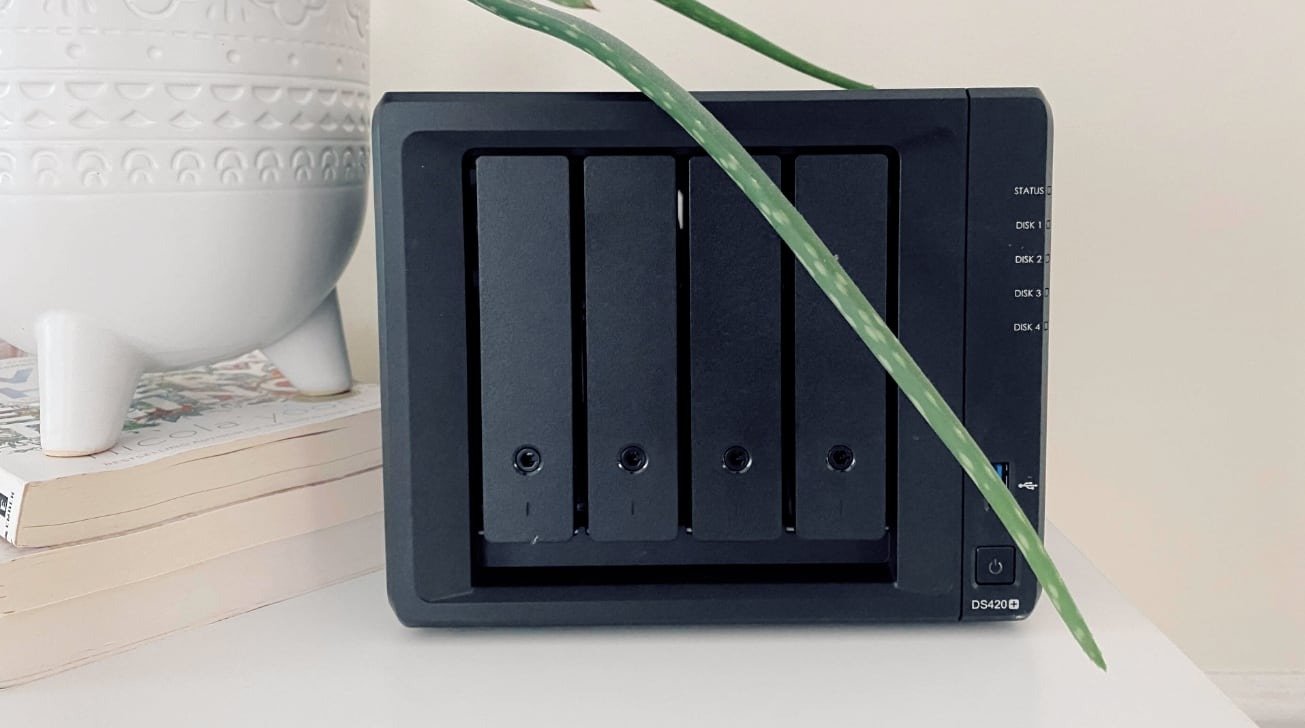

![Global security vulnerability database gets 11 more months of funding [u]](https://photos5.appleinsider.com/gallery/63338-131616-62453-129471-61060-125967-51013-100774-49862-97722-Malware-Image-xl-xl-xl-(1)-xl-xl.jpg)
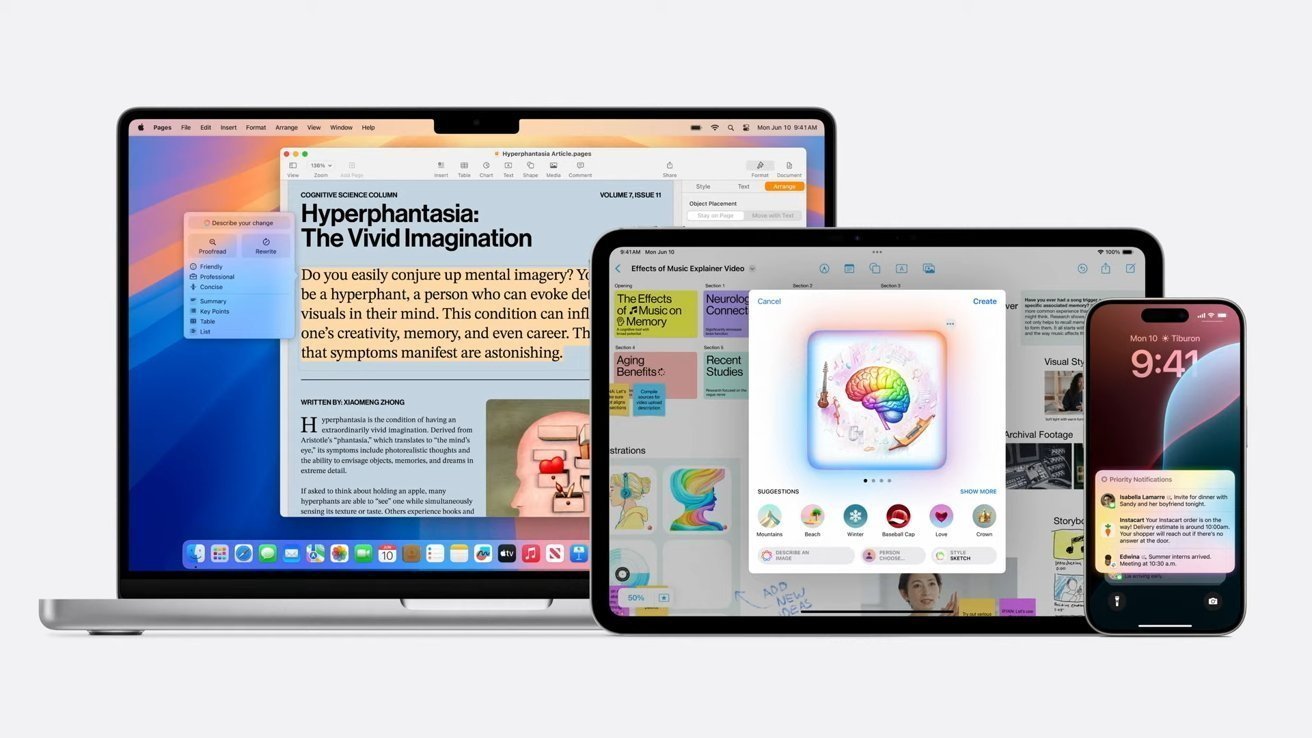
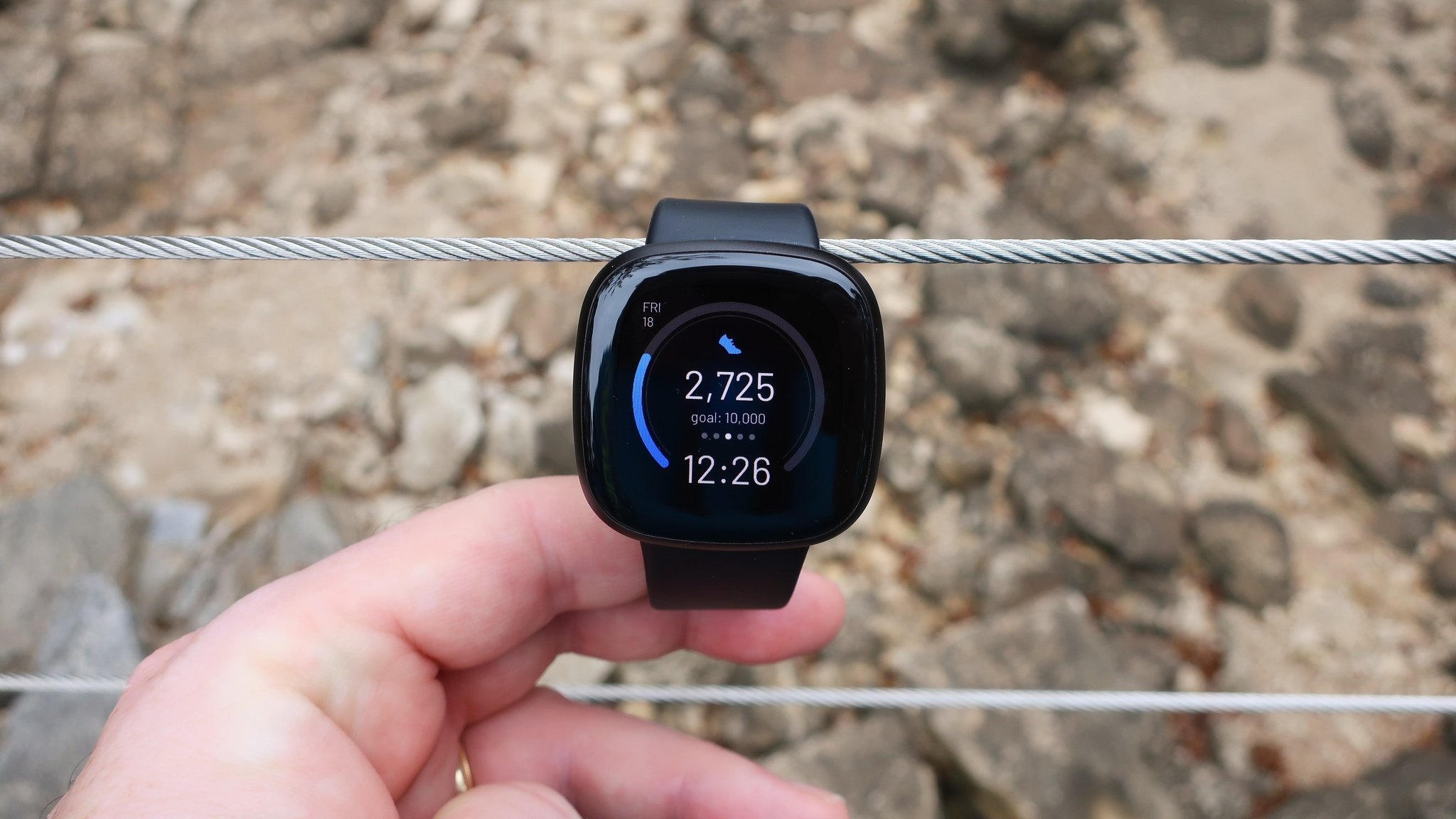
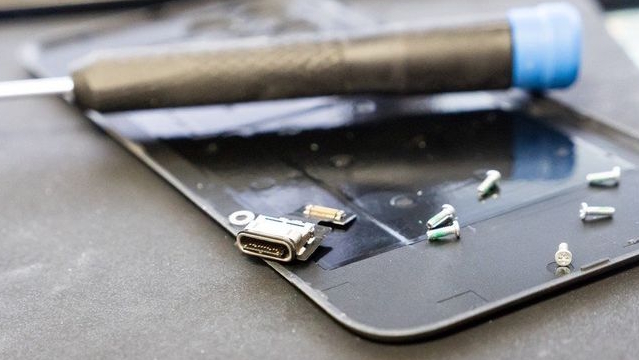























![Apple Shares New 'Mac Does That' Ads for MacBook Pro [Video]](https://www.iclarified.com/images/news/97055/97055/97055-640.jpg)

![Apple Releases tvOS 18.4.1 for Apple TV [Download]](https://www.iclarified.com/images/news/97047/97047/97047-640.jpg)
![Apple Releases macOS Sequoia 15.4.1 [Download]](https://www.iclarified.com/images/news/97049/97049/97049-640.jpg)














